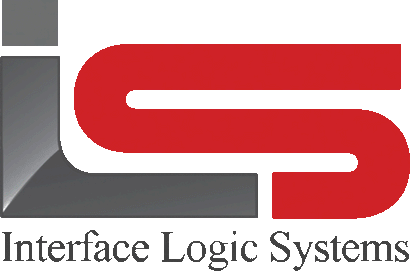Your Cart is Empty
Shop

Maximizing Your Ticketing Accounting Integration
August 31, 2023 2 min read
Scale Ticketing Accounting Integration.
Accounting integration refers to the process of connecting and synchronizing financial data between operational systems and accounting software. It allows businesses to streamline their financial processes by automating the transfer of transaction data, eliminating the need for manual entry and reducing the risk of errors.
Why is Accounting Integration Important?
Accounting integration plays a crucial role in bridging the gap between operations and accounting departments. It enables seamless communication and collaboration between these two essential functions within an organization.
Traditionally, operations and accounting departments have operated in silos, with limited interaction and communication. This separation often leads to inefficiencies, delays, and inaccuracies in financial reporting.
By integrating operational systems, such as the Invoice Printing and Tracking Module, with accounting software like QuickBooks, Solomon, Sage, and others, businesses can achieve a higher level of accuracy, efficiency, and transparency in their financial processes.
The Benefits of Accounting Integration
1. Time and Cost Savings: Accounting integration eliminates the need for manual data entry, saving valuable time and reducing the risk of errors. It also eliminates the need to transcribe data from scale tickets, reports, or invoices into another database, further saving time and money.
2. Accurate Financial Reporting: By automating the transfer of transaction data, accounting integration ensures that financial reports are based on real-time and accurate information. This enables businesses to make informed decisions and improves overall financial visibility.
3. Streamlined Processes: Integrating operational systems with accounting software streamlines the entire financial process, from generating and printing invoices to tracking payments and managing accounts receivable. This leads to improved efficiency and productivity.
4. Enhanced Data Integrity: Manual data entry is prone to errors, such as typos or miscalculations. Accounting integration eliminates these errors by directly deriving transaction data from the operational system, ensuring data integrity and reliability.
Conclusion
Accounting integration is a game-changer for businesses looking to bridge the gap between operations and accounting. By automating the transfer of transaction data, businesses can achieve greater accuracy, efficiency, and transparency in their financial processes. With the Invoice Printing and Tracking Module, businesses can generate and print formatted invoices without the need for manual data entry, saving time and reducing the risk of errors. Embracing accounting integration is a step towards optimizing financial operations and driving business success.
Leave a comment
Comments will be approved before showing up.
